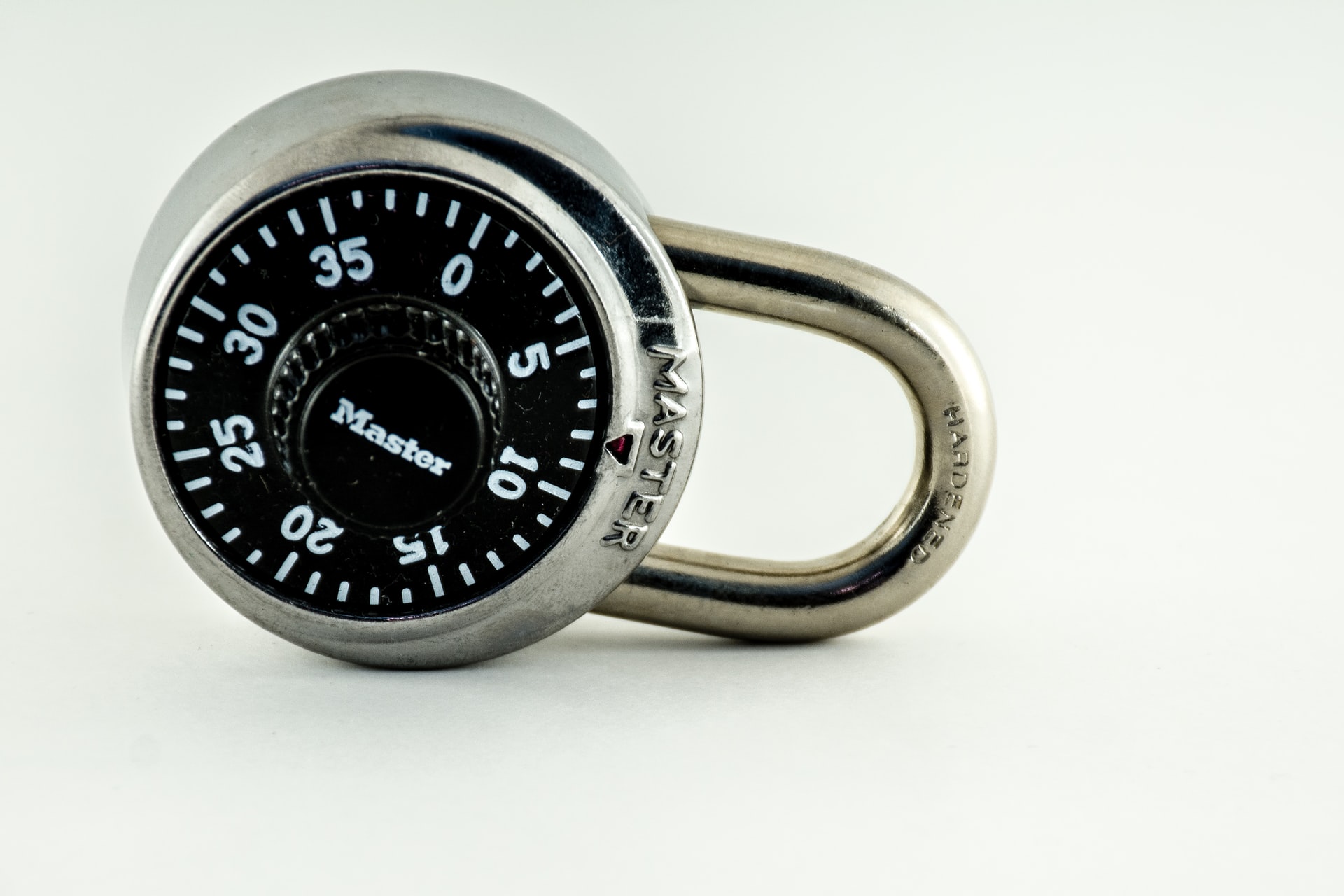
Image: Nicolas Hippert
One way to retain more of your customers is a tactic called The Lock-in Effect. The Lock-in Effect, also known as vendor lock-in is almost universally frowned upon. And with good reason too. It’s a selfish and manipulative approach to business.
However, in this post I am going to show you a powerful, ethical and profitable way to use The Lock-in Effect to grow your business.
What is The Lock-in Effect?
It’s a term that’s typically used to explain a practice, where a company makes it extremely hard for their customers to leave them / switch to a new provider, even if the customer wants to.
A couple of lock-in examples:
- Banks are notorious for making it far more difficult to move to another bank, than it needs to be. Bill payments are often missed and a process that should take minutes electronically, can drag on for weeks or more. You feel locked-in, because the pain and frustration of moving banks is so high.
- If your company is set up to use a certain software package, which all your employees have mastered, it makes it a lot harder to drop that software when a better alternative appears. The cost of buying the new software, and the time and cost required to retrain everyone and the potential for lost data, makes you feel locked-in.
An alternative to the Lock-in Effect
Yes, there will always be businesses that deliberately offer a very average service and try and lock their customers in, using trickery. However, there is a far better way to use The Lock-in Effect. It’s more effective. It’s more ethical and it leads to massively better results.
We can create so much value through our products and services, that our clients or customers lock themselves in.
This approach to business has been used by companies like Apple, Netflix and Zappos – where we see their customers not only going back to them again and again, but also telling everyone about them. That’s why the best Apple salespeople… are Apple’s own customers.
The goal here is to lock clients or customers into your business, by delivering an experience that is so good, they would be crazy to leave you.
That’s the most effective way to make the lock-in effect work for you and your clients.